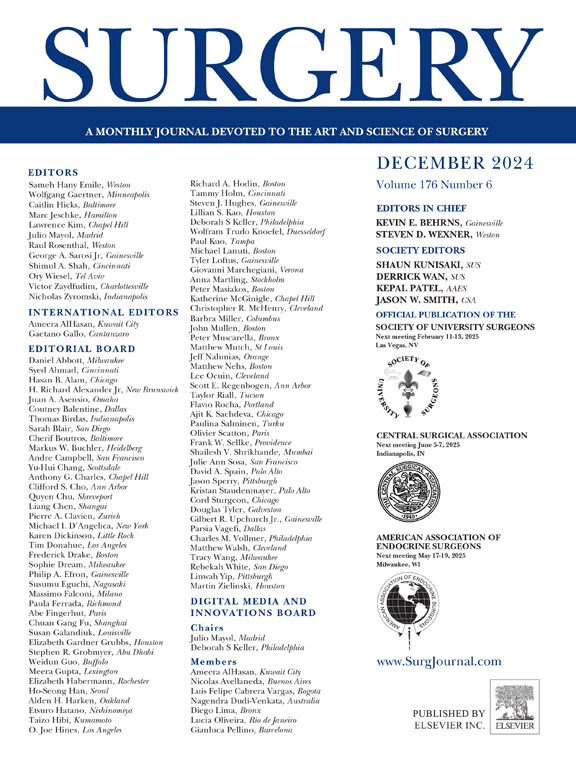Unique aspects of trauma due to thermobaric artillery weapon systems (specifically the Russian TOS-1A) during the war in Ukraine
IF 3.2
2区 医学
Q1 SURGERY
引用次数: 0
Abstract
This paper examines the unique trauma inflicted by the TOS-1A thermobaric weapon system during the conflict in Ukraine. The study aims to analyze the nature and severity of injuries caused by this thermobaric weapon system, comparing them with more conventional thermal injuries. Thermobaric weapons, like the TOS-1A, generate high temperatures and pressure waves without the fragmentation typical of traditional explosives, causing extensive internal and external damage. Data were collected from Role 2 mobile hospitals in various regions, focusing on individuals with thermal injuries. The study categorized patients into 2 groups: those with thermal trauma associated with weapons other than those specifically injured by TOS-1A weapons. The findings revealed that injuries from TOS-1A resulted predominantly in third- and fourth-degree burns, with significant upper respiratory tract damage and barotrauma. These injuries were more severe than general thermal injuries, which included a broader range of burn degrees. The study highlights the critical need for injury prevention and specialized medical response and treatment for such trauma, emphasizing the inefficacy of traditional protective structures against thermobaric weapons. The paper concludes with recommendations for improving survival rates, including prompt evacuation and advanced medical care in specialized burn centers.
求助全文
约1分钟内获得全文
求助全文
来源期刊

Surgery
医学-外科
CiteScore
5.40
自引率
5.30%
发文量
687
审稿时长
64 days
期刊介绍:
For 66 years, Surgery has published practical, authoritative information about procedures, clinical advances, and major trends shaping general surgery. Each issue features original scientific contributions and clinical reports. Peer-reviewed articles cover topics in oncology, trauma, gastrointestinal, vascular, and transplantation surgery. The journal also publishes papers from the meetings of its sponsoring societies, the Society of University Surgeons, the Central Surgical Association, and the American Association of Endocrine Surgeons.
 求助内容:
求助内容: 应助结果提醒方式:
应助结果提醒方式:


